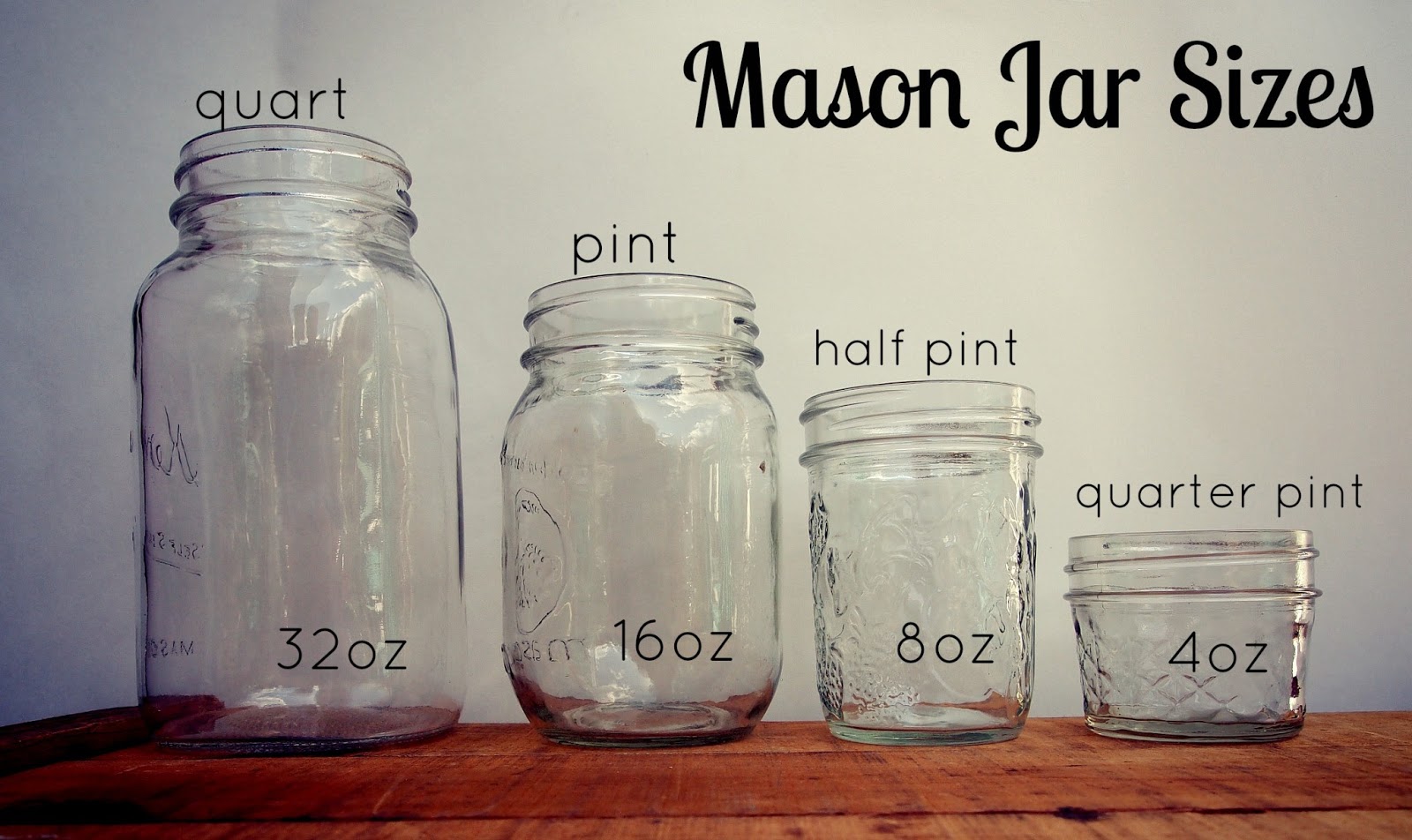When embarking on a painting project, whether it's refreshing a room or giving your home a complete makeover, understanding paint coverage is essential. Knowing how much a quart of paint can cover helps you plan your project effectively, ensuring you purchase the right amount of paint and avoid unnecessary costs. Each type of paint and surface presents its unique challenges and requirements, making it crucial to have a good grasp of the factors that influence coverage. In this article, we will explore how much a quart of paint can cover, the variables affecting paint coverage, and tips for maximizing your paint supply.
Paint coverage is often measured in square feet, and several factors influence this measurement, including the type of paint, surface texture, and application method. Understanding these factors will guide you in estimating how much paint you need for your project. As we dive into this topic, we will answer common questions related to paint coverage, ensuring you have all the information necessary to achieve the best results for your painting endeavors.
By the end of this article, you will have a clear understanding of how much a quart of paint can cover, allowing you to approach your next painting project with confidence. Let’s get started!
What Factors Affect Paint Coverage?
When considering how much a quart of paint can cover, several factors come into play:
- Surface Type: Smooth surfaces like drywall require less paint than textured surfaces.
- Paint Type: Different paints, such as latex, oil-based, or specialty paints, have varying coverage rates.
- Color Change: Covering a darker color with a lighter one may require additional coats.
- Application Method: Brushes, rollers, and spray guns distribute paint differently, impacting coverage.
How Much Area Can a Quart of Paint Cover?
On average, a quart of paint can cover approximately 100 to 120 square feet. However, this can vary based on the factors mentioned above. Here are some specifics:
- For smooth drywall, a quart typically covers 100-120 square feet.
- On textured surfaces, coverage may drop to around 75-100 square feet.
- If applying multiple coats, adjust your calculations accordingly.
How Do You Calculate Paint Coverage?
To calculate how much paint you need, follow these steps:
- Measure the Area: Determine the square footage of the surface you plan to paint.
- Determine Paint Coverage: Check the coverage information on the paint can.
- Calculate the Amount Needed: Divide the total square footage by the coverage rate to find out how many quarts you need.
Are There Tips for Maximizing Paint Coverage?
Yes! Here are some tips to help you maximize your paint coverage:
- Use a Primer: Applying a primer can help improve coverage and reduce the number of coats needed.
- Choose Quality Paint: Higher-quality paints often offer better coverage.
- Apply Evenly: Ensure even application using the right tools to avoid uneven patches.
How Many Coats of Paint Do You Need?
The number of coats required depends on several factors, including:
- The original color of the surface.
- The color of the paint you are applying.
- The type of paint used.
In most cases, one coat may suffice for a touch-up, while a full repaint may require two or more coats for even coverage.
What Are the Best Practices for Painting?
To achieve the best results when painting, consider these best practices:
- Preparation: Clean and repair surfaces before painting.
- Temperature and Humidity: Paint in optimal weather conditions for better adhesion and drying.
- Use the Right Tools: Invest in quality brushes and rollers for smooth application.
How Can You Avoid Common Painting Mistakes?
Avoid common mistakes by keeping the following tips in mind:
- Don’t Rush: Allow adequate drying time between coats.
- Check for Coverage: Inspect the surface as you paint to ensure even coverage.
- Follow Manufacturer Instructions: Always refer to the paint can for specific guidelines.
Conclusion: How Much Can a Quart of Paint Cover?
Understanding how much a quart of paint can cover is vital for any painting project. By considering factors like surface type, paint quality, and application methods, you can estimate the amount of paint needed and achieve a professional-looking finish. Remember to calculate your coverage accurately, use the right tools, and follow best practices to make the most of your painting experience. With the information provided in this article, you are now equipped to tackle your next painting project with confidence.
Article Recommendations
- Keith Washington Singer
- Mindy Mccready Sons Today 2024
- What To Do In Helsinki Finland
- Watch Hunter Hunter Phantom Rouge
- Janet Mcteer Height
- Sean Preston Federline 2024
- Start Of Something Big
- Fleur Cates Netanyahu
- Christian Keyes Relationship
- Pax Thien Jolie Pitt Wikipedia
Also Read


